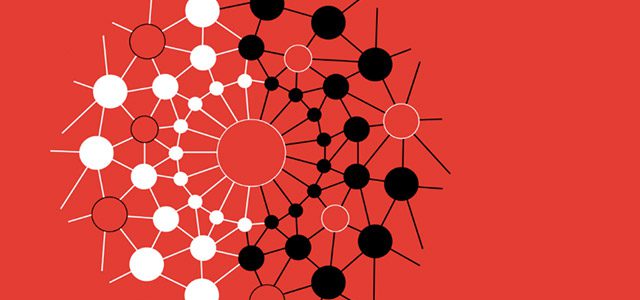In the field of education research, a core focus has been the impact of digital learning technologies in K-12 and higher education settings – and SRI’s Education Division has been at the forefront of much of that research. In particular, recent work has focused on “cyberlearning,” which takes a broad and long-term view of future technologies, combines them with creative pedagogy, and then is grounded with an understanding of how people learn. Cyberlearning research integrates the latest innovations in the learning sciences and computer science into new research designs and methods to help paint a picture of what is possible in the future.

In addition, cyberlearning is an area of funding at the National Science Foundation (NSF). SRI has a leading role in supporting NSF research with the Center for Innovative Research in Cyberlearning (CIRCL), which helps synergize and amplify the work being done by the 279 NSF-funded cyberlearning research projects across the country. These cyberlearning researchers are learning scientists and computer scientists who are studying questions such as:
● How can students use their bodies and minds to learn what will be important in the 21st century, in activities like collaboration, scientific argumentation, mathematical reasoning, computational thinking, creative expression, design thinking, and civic engagement?
● What advances in computation and technology are needed to design, develop, and analyze innovative learning experiences?
● How can learning with technology expand access, equity, and depth of learning across diverse people, institutions, and settings?
Over the last year, working with 22 authors from the community, CIRCL has produced the Cyberlearning Community Report: The State of Cyberlearning and the Future of Learning with Technology. The report highlights six emerging design themes across multiple NSF-funded cyberlearning projects:
- Community Mapping: Moving and Discovering across Contexts
- Expressive Construction: Enabling Learners to Represent Powerful Ideas
- Classrooms as Digital Performance Spaces
- Virtual Peers and Coaches: Social and Cognitive Support for Learning
- Remote Scientific Labs: Authenticity at Distance
- Enhancing Collaboration and Learning through Touch Screen Interfaces
For each design theme, computer science and learning sciences innovations are shared, examples are given, and opportunities and challenges are discussed. For example, within the Community Mapping design theme, advances in mobile and location-aware technologies (such as the capabilities in your phone like GPS, photos, video, and text) have created new possibilities for learning as young people create digital maps of communities. Researchers are trying to understand how learning happens as teens are moving, interacting with people and resources, and using maps in their environments. Projects like this allow learners to personalize their experiences and understanding of their communities and issues occurring. This can be of great benefit for those in a population who may not have previously searched for resources to help them learn, but through mapping technologies can understand what resources are available and how to access them.
The report also describes how cyberlearning researchers are studying and improving these research designs by advancing methods such as multimodal analysis, learning analytics for assessment, and user- and community-centered design methods.
We believe this report will provide valuable insights to a wide variety of audiences including researchers, policy makers, and educators who are interested in not only what innovations can be applied in the near-term, but also what may be the landscape 10 or more years from now. As cyberlearning researchers, we aspire to create research designs and new activities for learning that go beyond what is possible in today’s products and illuminate visions of how learning can be enhanced with technology in the future. We look forward to gathering feedback and welcome ideas for new design themes and methods to be included in future community reports.


